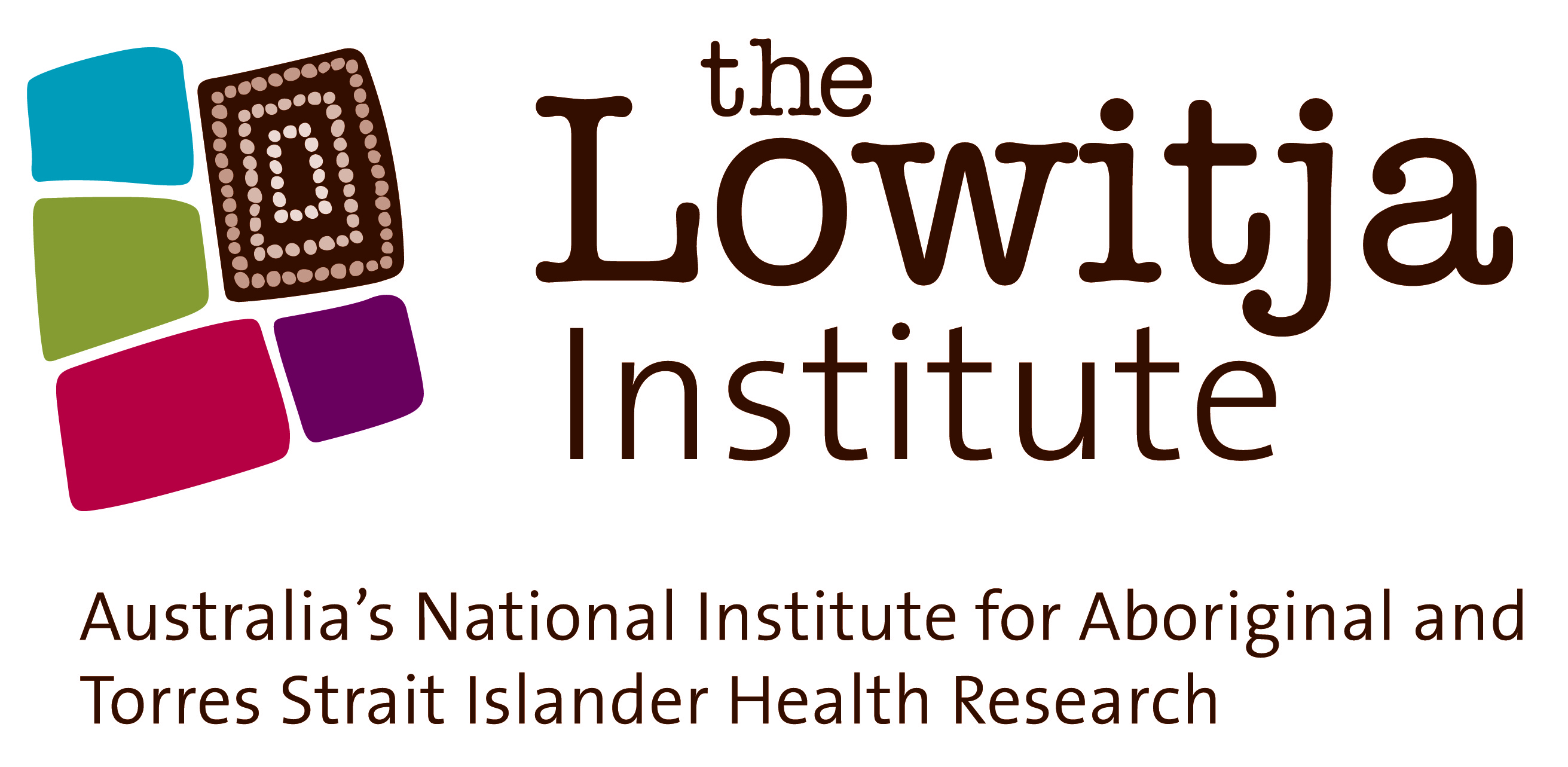Showing not hiding reality - developing emotional strength and resilience
Yolŋu children are involved in all aspects of life and are not shielded from difficult situations such as conflict, sickness and death. Children are often present when a family member is dying or even after they have passed away and they participate in their funeral ceremonies:
...Even from a young age they know or feel what they should do. Yolŋu kids always are part of funeral - they share that grief with everyone else. All the people come. Kids are always there (Yolŋu researcher).
Gudjuk, aged 2, spent long days and nights with his grandfather at the hospice for more than a week. He was with his grandfather when he passed away and present through the mourning and ceremonies that followed.
 These children are sitting with their grandfather's coffin in the ceremonial shelter during the funeral. Some Yolŋu are buried near their family home and children will continue to visit the grave and talk about the one who has passed away - sometimes before they were even born - but they will know who the person is and how they are connected. Those who have died remain part of children's lives through stories that keep their memory alive.
These children are sitting with their grandfather's coffin in the ceremonial shelter during the funeral. Some Yolŋu are buried near their family home and children will continue to visit the grave and talk about the one who has passed away - sometimes before they were even born - but they will know who the person is and how they are connected. Those who have died remain part of children's lives through stories that keep their memory alive.
Children are also encouraged to learn about danger through experience but are carefully monitored to ensure they are protected if there is risk of serious harm:
If you have a child starting to get one year old and holding on.. learning walking, if something could drop and hurt them a little, the mother will watch that happening and let it happen and then the child will go through that and can feel the pain whether it’s... soft or hard. When we say, come on pick that up and they don’t do it, they (show that they) know it’s dangerous. They’ll work it out and not do it again... give them a try to learn and find out themselves. Second or third time that they go to touch something they might look at you and smile and know they (won't) touch that, 'cause it’s dangerous. They can’t talk in words but they show you what are thinking... So they learn through experience (Läwurrpa Maypilama, Yolŋu researcher).
The commentary from a Yolŋu Elder on the video below illustrates the development of both physical and emotional strength and resilience. Children's experience of challenges such as learning to walk on rocks and sharp oyster shells when hunting is used as a metaphor for developing emotional resilience.
'Teasing to make them tough' is also a strategy used to develop emotional strength and prepare children for the challenges they will face in the future:
we do that teasing stuff to try and make that child not to suffer from what's going to happen. If they get that teasing really early it makes it harder for them to get hurt as they're growing up...It’s that teasing they do to the younger one so they don’t get that sooky. So if someone talks roughly to them sometime they won’t cry and they can ignore. We always tell them to ignore that teasing (Yalŋarra Guyula,Yolŋu researcher)
Using distraction rather than sympathy when a child is hurt or upset is also a common strategy to develop emotional strength:
when a child is hurt we know what sort of feelings they have or hear them fall but when it's nothing we don't worry about it. We distract them if its not serious to stop them from being 'milkarri yalŋgi' (a sooky child - crying a lot) (Yalŋarra Guyula,Yolŋu researcher)




